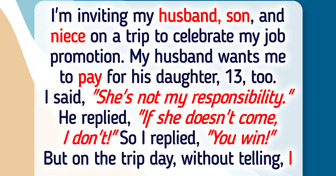this is true about the baked goods. My local store has the bread isle right at the entrance and it's impossible to resist when you come in
14 Ways Supermarkets Trick Us Into Spending More Money
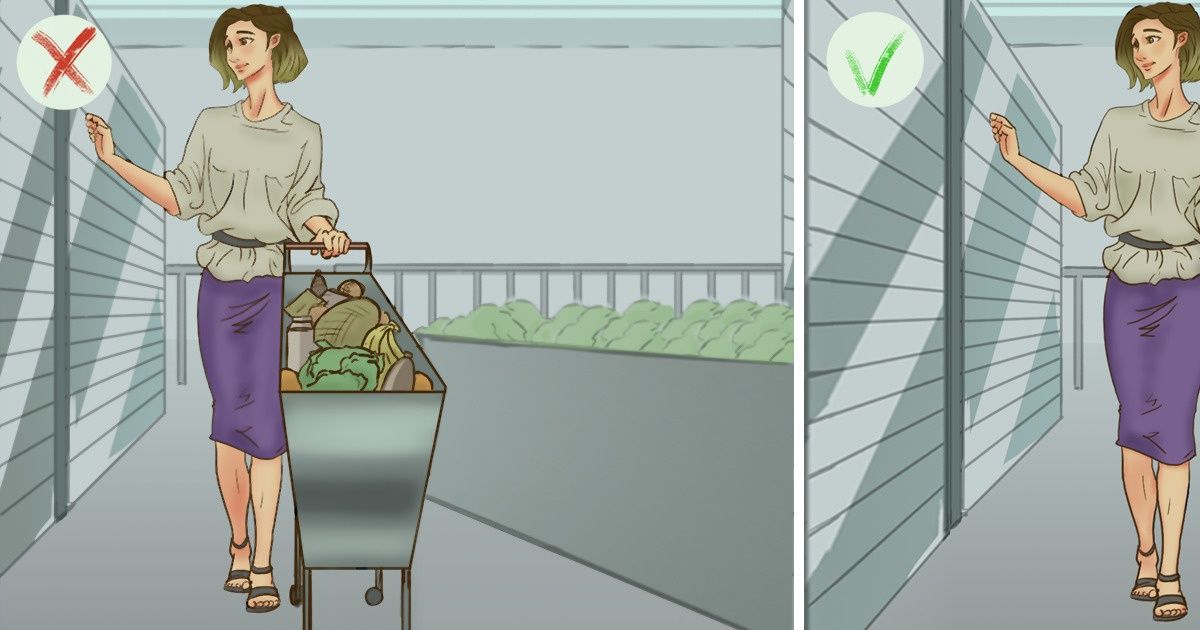
Going to the supermarket can turn out to be quite an experience. Most people plan their “trip” ahead of time and even go at a particular hour to avoid having to wait in long lines. Everyone wants their visit to be as fast and efficient as possible. However, these places work in mysterious ways and always end up making us spend more time there than we had planned. If you can relate to this, don’t worry. We’ve all fallen for these tricks at some point, and it’s never too late to spot them so that you can do something about it.
That’s why Bright Side came up with a list of tricks that these stores use to make us buy more. Take a look to see if you recognize any of them.
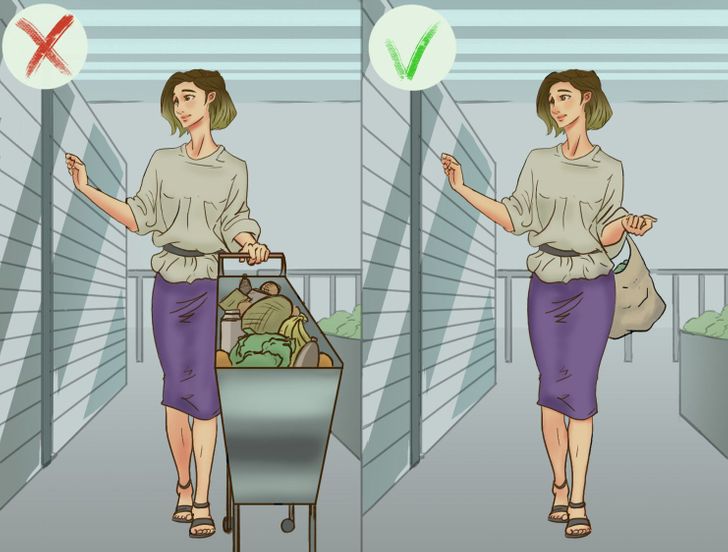
- Supermarkets place many large shopping carts right at the entrance. Unlike what you might have thought, this is not really done for your convenience, but rather, so that you fill these carts with products. It’s no wonder why you end up taking home a large number of unnecessary goods. According to Martin Lindstrøm, a marketing consultant and author of the book, Brandwashed: Tricks Companies Use to Manipulate Our Minds and Persuade Us to Buy, during an experiment, scientists doubled the size of the carts. This small change resulted in people buying 40% more.
- Supermarkets make good use of seasonal campaigns, such as Christmas, Easter, or Valentine’s Day. That means that during these special periods of the year, you’ll see products (especially chocolate) alluding to the holidays. Sometimes, we’ll end up buying these types of products anyway. But when we don’t immediately think about it, the supermarket has already created a need for them.
- Another trick that supermarkets use is to have fruit, vegetables, and even a bakery in the first aisle. The rationale behind this? According to Butler University’s “Grocery Shopping for Your Health” article, this part is known as the “decompression zone,” a space that mixes scents and colors that happen to make us feel good and healthy but that also lead us to buy other things impulsively. “It is no secret that many people have a goal of purchasing healthy foods at the supermarket, but the overwhelming environment tends to make that intention difficult to achieve,” the authors of the article highlighted in their publication.
- One thing that makes you even more vulnerable to supermarkets’ tricks to sell more is to do grocery shopping when you’re hungry. “Going shopping when hungry is a recipe for disaster, further tempting you to give in to purchasing enticing sweets and junk food. When the human body is hungry, one tends to lose self-control, particularly when surrounded by food.” This is another point covered in Butler University’s “Grocery Shopping for Your Health” article. A study from 2015 concluded that hunger promotes buying in general.
- Free food samples are another way to encourage us to buy more. Have you ever been in a supermarket aisle and been offered to try a slice of juicy, fresh meat that they’re selling? According to an article published in Supermarket News in 2004, 68% of consumers at a supermarket in Indianapolis, USA, said that sampling products persuaded them to make a purchase. This, in turn, was beneficial to the store, as it managed to increase sales of certain products they were trying to promote by between 600% and 2,000%. This technique is still relevant today.
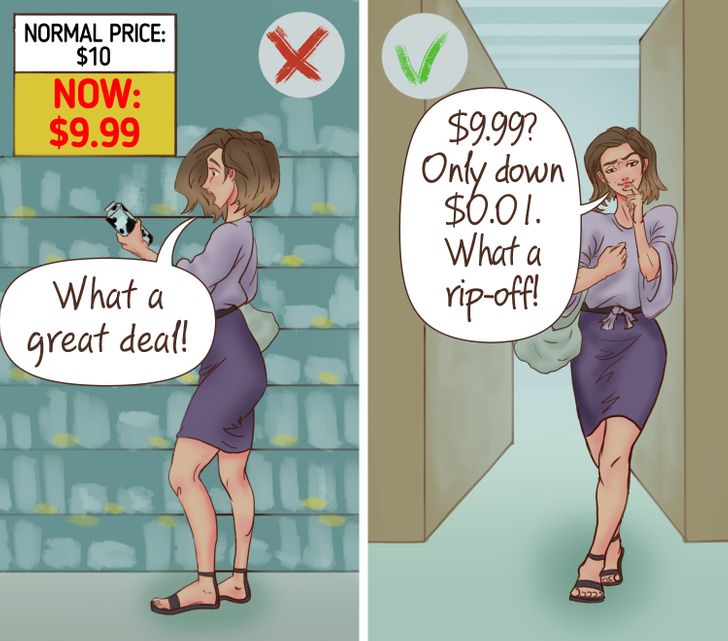
-
An all-too-familiar selling technique is to place products in plain sight to encourage you to buy more. This makes you want to buy stuff regardless of what the actual value of the product is. For instance, take sugary cereals. These often have animated characters on their packaging. When children see those, they’ll immediately want the product. Conveniently, they’re placed at an ideal height for kids to reach them. That’s exactly why countries like Chile and Mexico are jumping on the idea to ban fictional characters from appearing on cereal boxes. This strategy aims to reduce high obesity rates that affect both countries.
-
Another trap we always fall into is the “3×2” or the classic “buy one get one free” deal. These might not be as great as they seem. For instance, in the case of the “3×2” deal, it’s true that you’re getting a 33% discount on each of the products you’re buying. However, you can’t really see it that way because for you to get the discount, you have to buy the 3 products. That might be a larger quantity than what you might need. So if you need large quantities of something or you’re buying a non-perishable product (like olive oil, toothpaste, etc.), then it’s a good deal, as long as they didn’t increase the base price before. Otherwise, you might want to think twice before buying large quantities of something.
-
Supermarkets also use something called “psychological pricing,” which is basically a way of establishing values for products according to the impact they’ll have on consumers. There are different strategies of psychological pricing. The most common one in supermarkets is, by far, odd pricing. For example, a product that’s actually worth $100 will be advertised as “discounted” and sold for $99. That’s because consumers tend to perceive just-below prices as being lower than they actually are.
-
The music played in the supermarket can also have an important impact on our grocery shopping habits. As long as it’s slow, quiet, or classical, we’ll spend more time in the store’s aisles.
-
You’ve probably noticed that when you’re about to pay for your groceries online, some supermarkets suddenly tell you that you’re missing a certain amount of dollars to get delivery free of charge. This is also a trick that, even if it seems harmless, can end up having a huge impact on your monthly bills. A good solution would be to order together with others to reach minimum order values or free delivery.
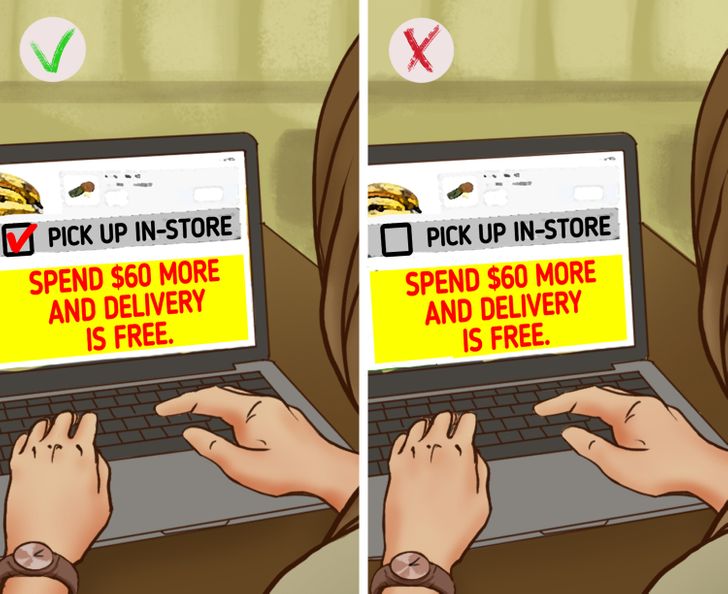
- Sometimes, when you go to the supermarket, you’ll notice that certain basic products, such as eggs, are not located in the same places as usual. Suddenly, you’re forced to walk through all the aisles until you finally find what you’re looking for. As if that wasn’t enough, every so often, stores will change their whole layout. It’s almost as if you were in a videogame and you just went up to the next level. Next time you go, you have to go through the whole store again. This is done mainly so that people get lost, which most of the time, will lead them to buy stuff they don’t actually need.
- Lighting is important and influences buying. It helps to bring out specific products. That’s why supermarkets use special lighting to make certain products look fresher. For instance, fruits and vegetables always look like they’ve just been collected from the field and brought to the store. “Light should direct and guide a shopper through a store. Perfectly staged sales areas can then increase buying pleasure and sales success,” says André Schweinsberg, Vertical Application Manager Shop EU at LEDVANCE.
- “Color emphasizes the quality of the products and makes them particularly attractive to customers,” he adds. Indeed, color psychology has a lot to do with this as well. In many supermarkets, every department has a different color depending on what type of product they’re selling. The butcher shop, for instance, should have a predominantly red color because that makes the meat look more appetizing.
- Another common strategy used by supermarkets is something called “point-of-purchase placement.” This is basically placing products next to the cash register to spur consumer impulse buying. Basically, any type of product can be placed there. It’s a way of making people try new products as well.
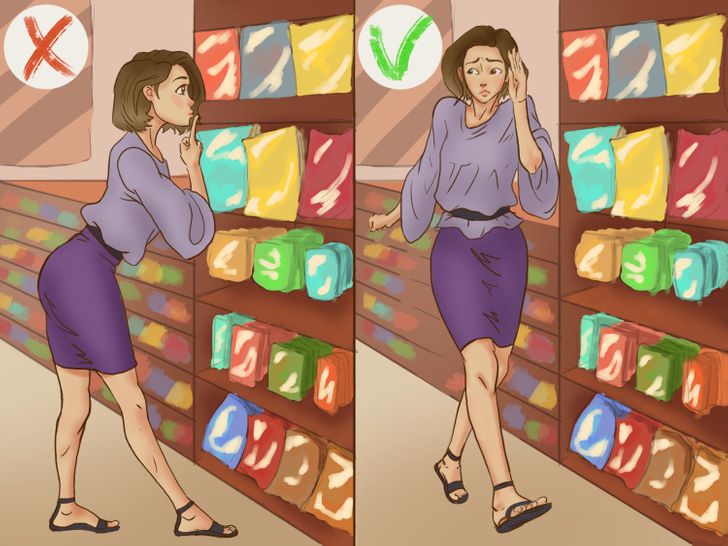
What supermarket tricks have you been a victim of? What other tricks do you think stores use to get us to spend more money?
Comments
I always go with my own shopping bag because shopping carts just annoy me 😅
Related Reads
9 Spot-On Comics That Prove Moms Are Never Bored
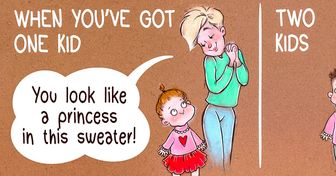
15+ Heartfelt Times When Women Proved There’s a Rainbow After Every Storm

15+ Mothers-in-Law Who Can Turn an Ordinary Day Into a Comedy Show

I Refuse to Let My Mother Disrespect My Stepdaughter, Even If It Costs Our Relationship

My BFF Invited Me to Her Baby Shower, It Turned Into My Worst Nightmare

I Was Shamed for Being a Single Mom — but My Little Girl, 6, Had the Last Word

I Refused to Work on My Vacation, Even Though “Millions Were at Stake”

13 People Share the Things They’ve Been Hiding From Their Partners for Years

I Refuse to Be Left Out Without Consequences
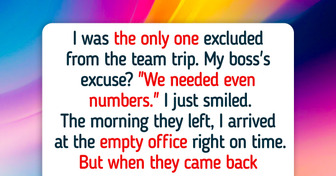
I Walked Out of the Family Reunion After My Stepdaughter Handed Me a List of “Rules”

12 Stories That Prove Kindness Is a Superpower in Disguise
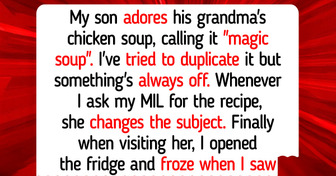
I Refused to Take My Stepdaughter on Our Family Trip
